For generations, Halloween has been a checkpoint on our calendars, bringing about the end of summer heat and beginning the festive season. Children and adults equally enjoy the holiday, some to play and gorge on candy and others see an opportunity to embrace their macabre sides. Halloween has grown away from its spiritual roots in Celtic paganism, but many elements manage to survive due to the social importance they have to human communities. Trick-or-treating and community gatherings may seem like a shallow and lighthearted way of celebrating, but there’s a reason they’ve lasted so long as traditions.
A survey on Instagram shows that at least 50% of Legacy students go trick-or-treating for Halloween, often with friends and family members. The history behind trick-or-treating is rooted in ancient cultures from Europe, largely the Celtic traditions of Samhain and the Catholic practices of All Hallows Eve. Originally, trick-or-treating was known as souling, a practice that involved peasants knocking on doors around the village and asking for cakes and mead. Souling and prayers warded off malicious spirits on the evening of Samhain, since the veil between worlds was supposedly thinned. Trick-or-treating then transformed into a community event and lost much of its spiritual origins, especially as American commercialism took over middle-class families. The survival and shifting interpretation of the same Halloween celebrations over thousands of years expresses the holiday’s importance to humans.
Parties and community gatherings have also remained a permanent installment of Halloween festivities. The Celts would hold feasts to invite the spirits of loved ones and bonfires were used as offerings to the gods. In the early 1900s, Halloween had become a holiday associated with vandalism and mischief, so Elizabeth Krebs organized “The Halloween Frolic” to give children another outlet for their energy. Her parties became tradition in their Kansas town and one of many that took place across America. Truthfully, parties are an excuse for people to celebrate their friends, families and communities and Halloween is no different. There is still something special about gathering together for games and food to celebrate such a timeless holiday.
Beliefs behind Halloween traditions may change, but the practices themselves fail to. This is reflected in the way that many students still celebrate the same way as their younger selves. A surprising 61% of those surveyed stated that they uphold their childhood traditions, despite the ever-growing pressure on teenagers to find more “adult” activities. I expected more teens to find trick-or-treating childish, since we are constantly told to “act our age” and grow up. Instead, I found that many students see Halloween as a night to spend with family and friends, especially young siblings and cousins. Everybody has their own way of celebrating, but we celebrate nonetheless. Perhaps Halloween is one of those special occasions where we can return to childhood and shed the weight of adult life for an evening.



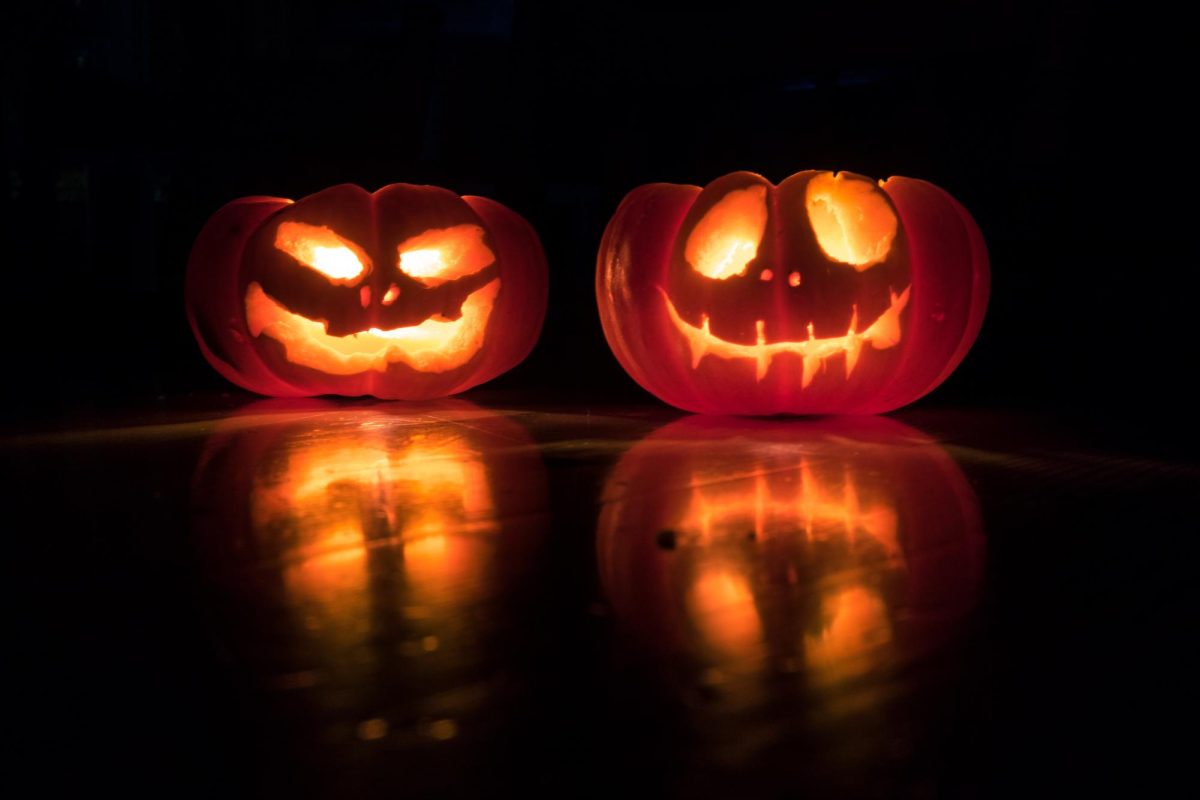


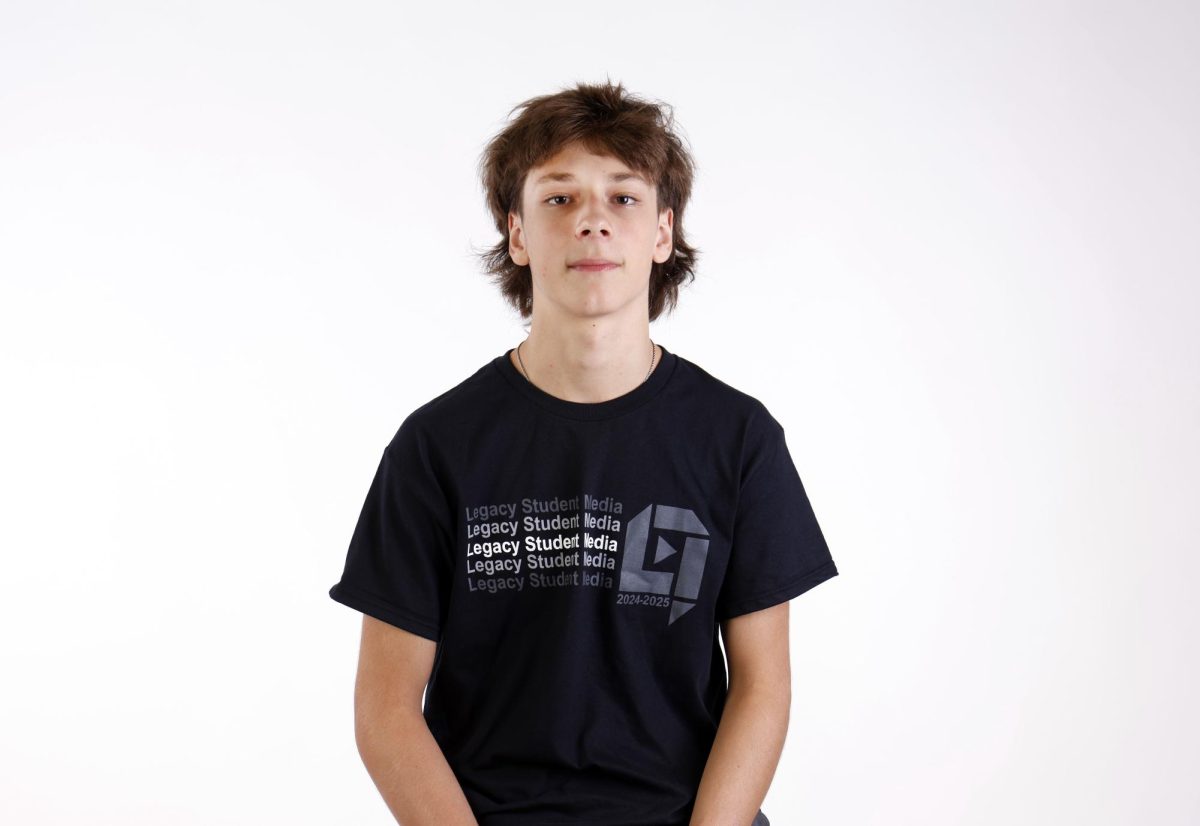

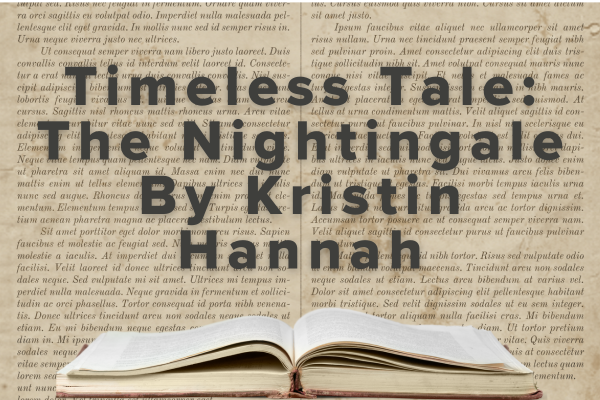


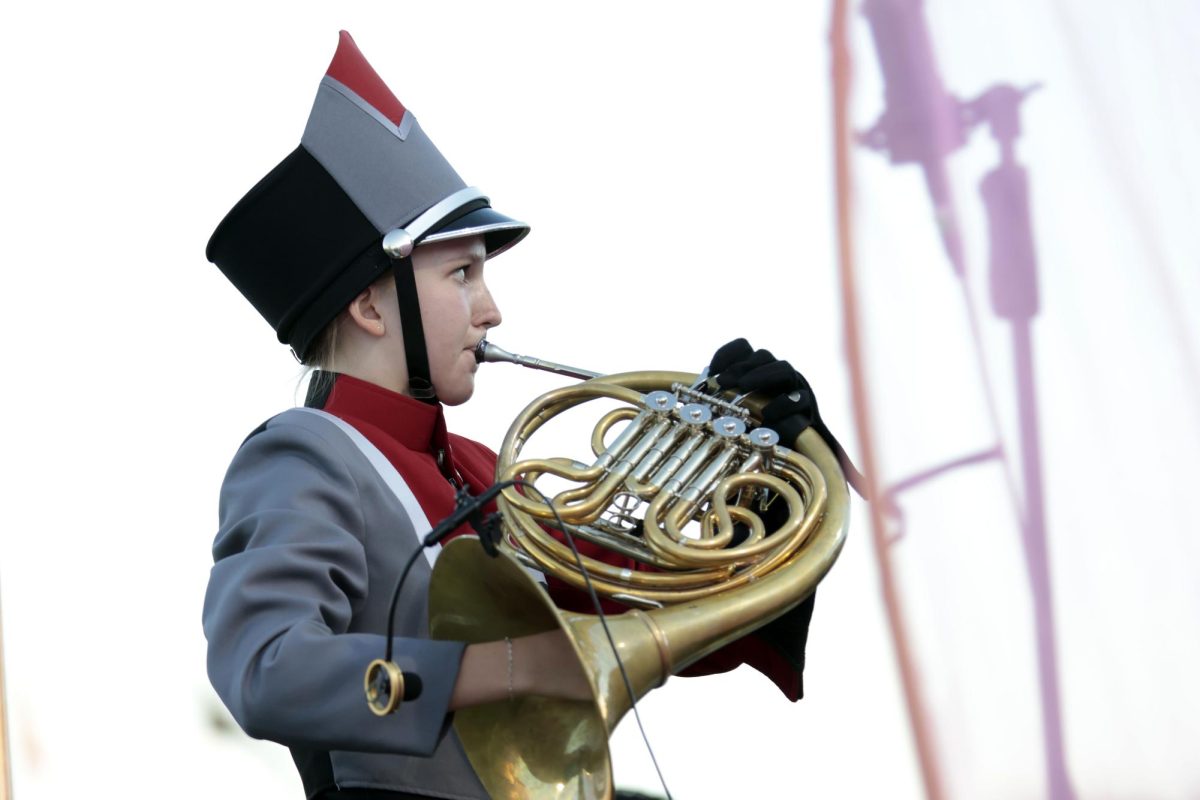
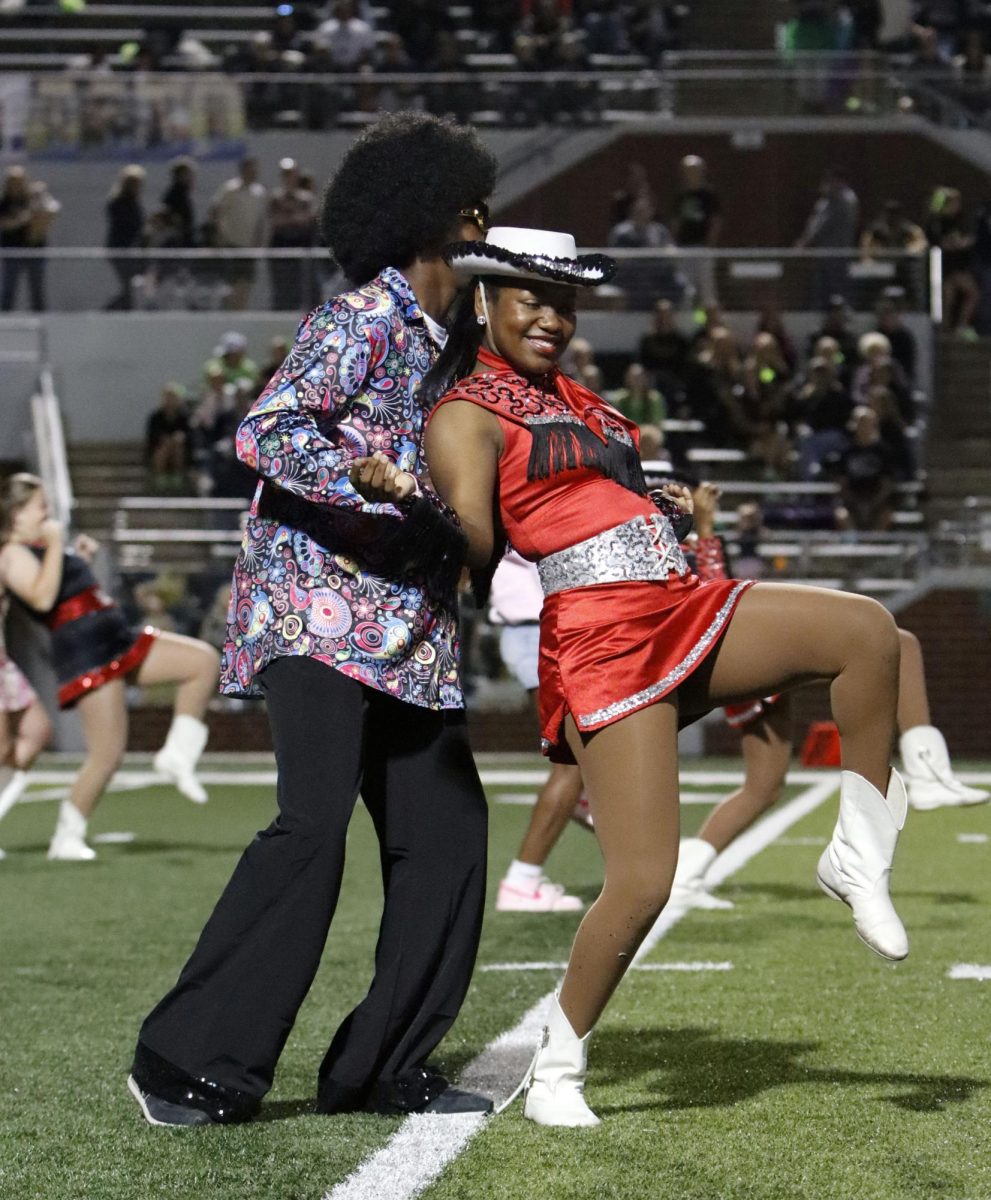
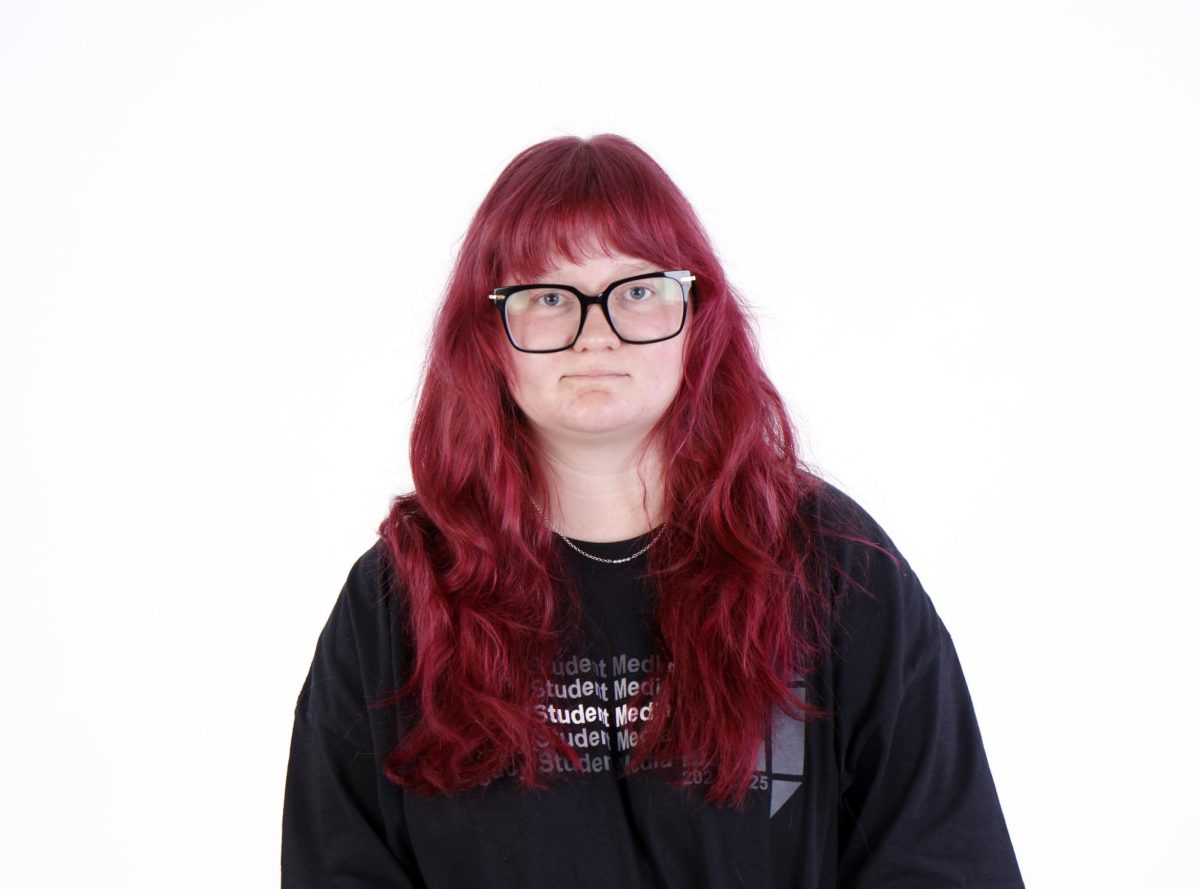
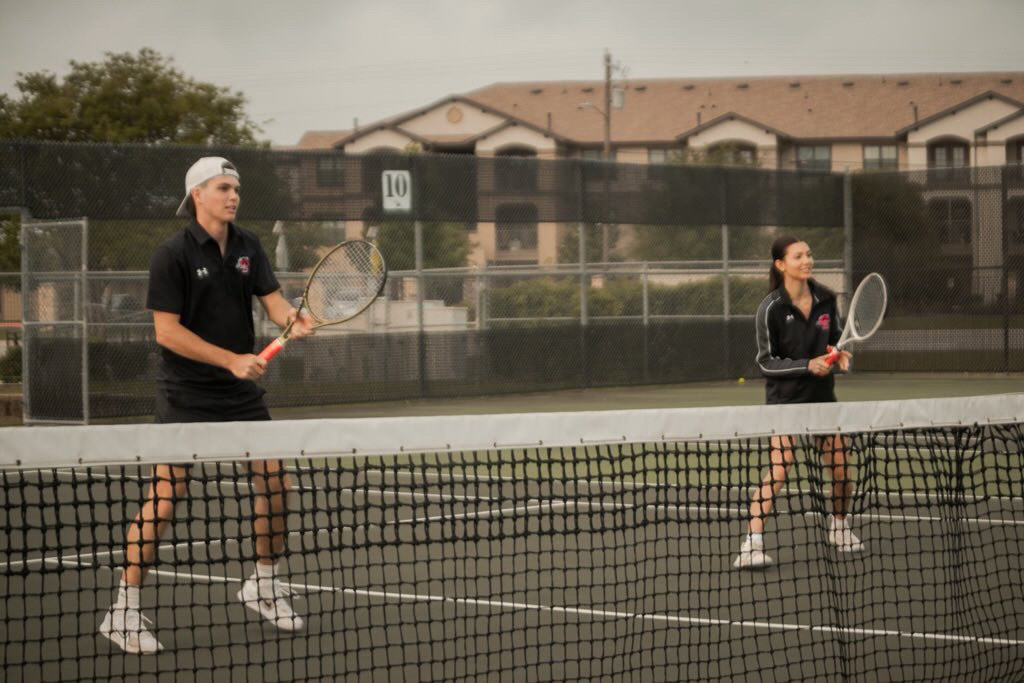
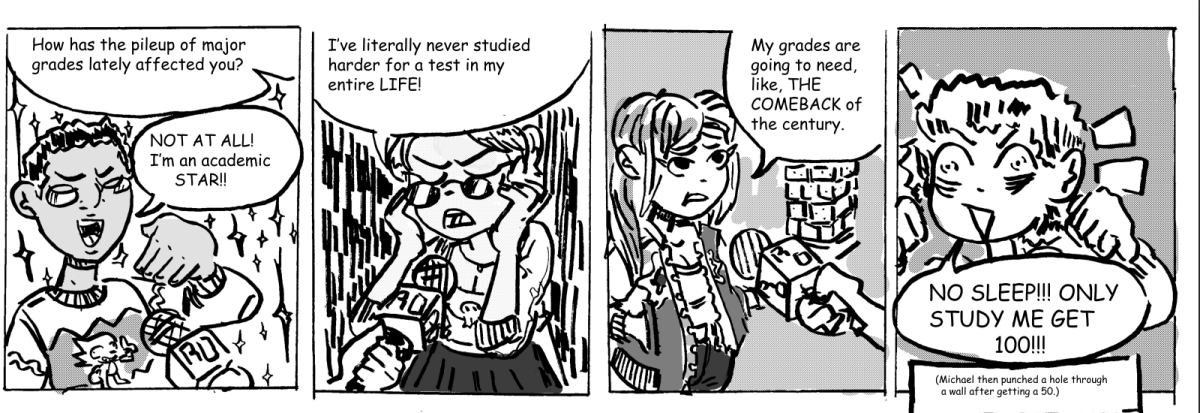

kyra king • Jan 8, 2024 at 8:38 am
wow I had no idea halloween was that deep before